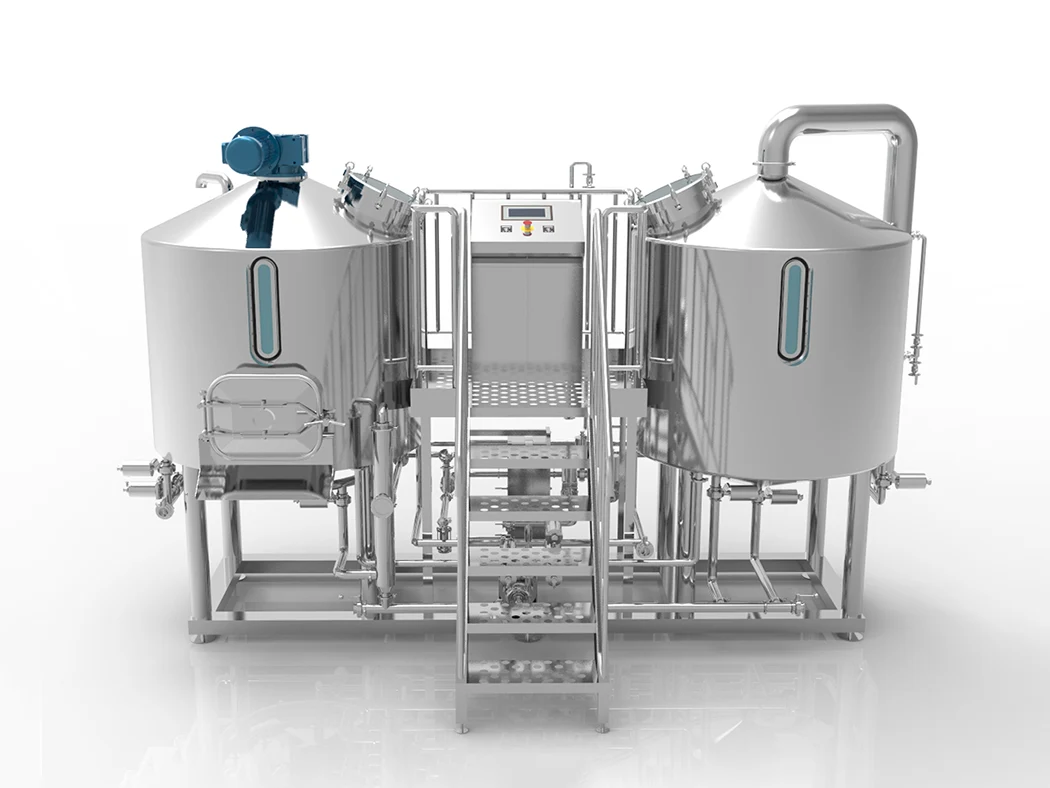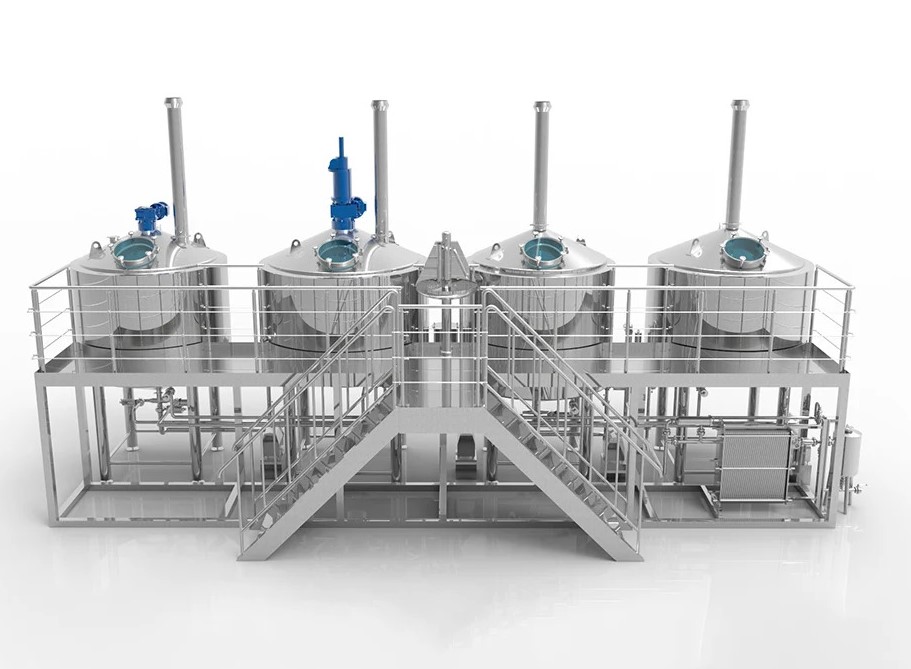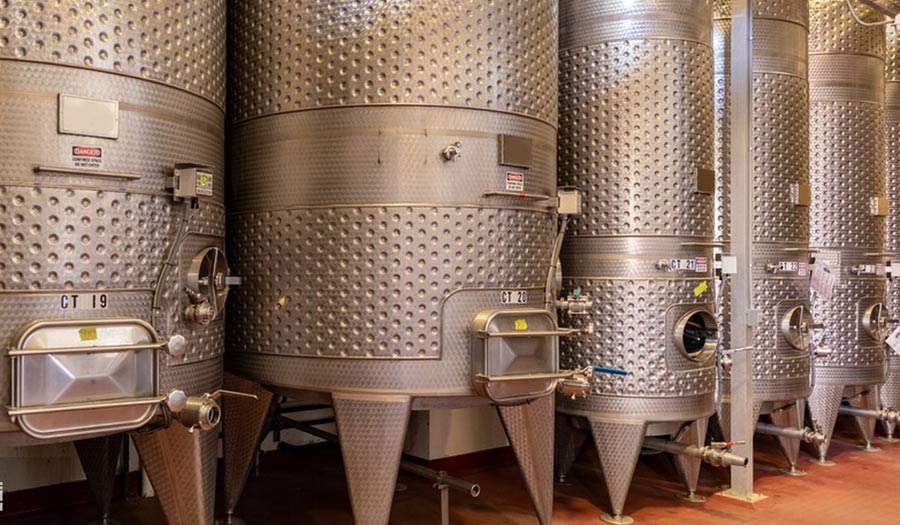In modern winemaking, the choice of бродильные ёмкости not only affects fermentation efficiency but is also directly related to the taste, aroma, and quality of the wine. Especially today, when process control is becoming more and more refined, how to choose the right stainless steel fermentation tank solution has become one of the keys to improving the competitiveness of wineries. This article will focus on the structural characteristics, temperature control system, bottom design, valve structure, material requirements, and other aspects of stainless steel fermentation tanks, and deeply analyze how to tailor fermentation equipment for different types of wines.
Why choose stainless steel fermentation tanks?
- Hygiene and corrosion resistance: Stainless steel, especially 304 or 316L grades, has excellent antioxidant and corrosion resistance and can be in contact with acidic substances (such as grape juice) for a long time without releasing harmful components. Its smooth surface is easy to clean, meets food-grade hygiene standards, and significantly reduces the risk of microbial contamination.
- High-temperature control efficiency: Резервуары из нержавеющей стали equipped with cooling jackets can achieve precise temperature control, which is crucial in the fermentation process. In particular, the dependence of white wine on low-temperature fermentation makes cooling jackets a standard configuration.
- Strong process adaptability: Whether it is large-scale industrial brewing or customized production of boutique wineries, stainless steel fermentation tanks can be flexibly configured through specifications, shapes, and functional modules (such as discharge valves, and stirring systems).
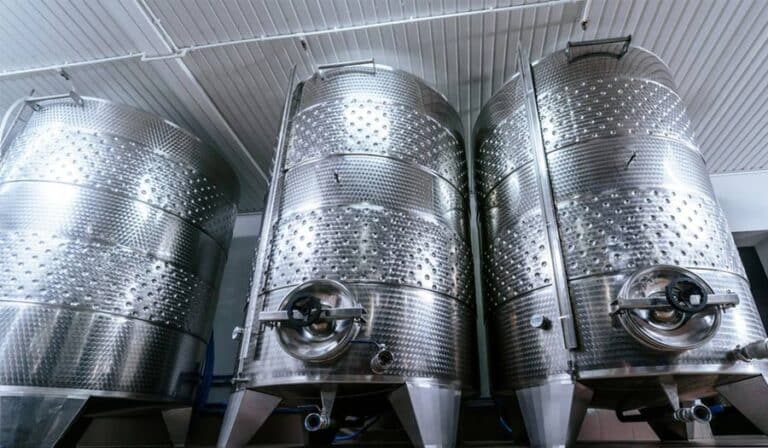
Red wine vs. white wine: Differences in temperature control requirements and tank design comparison
Red wine vs. white wine: Differences in temperature control requirements and tank design comparison
Red and white wines have significant differences in the fermentation process, which is reflected in fermentation temperature, time, operation mode, etc. The following table summarizes the key requirements of the two types of wine for fermentation tanks:
|
Characteristic |
White Wine |
Red Wine |
|
Fermentation Temperature Range |
10°C – 16°C |
20°C – 30°C |
|
Dependency on Temperature Control System |
Extremely high |
Moderate to high |
|
Skin Fermentation |
No (usually de-stemmed and skinned) |
Yes (fermented with skins, requires cap management) |
|
Requirement for Bottom Cone Shape |
Medium (helps with clarification and sediment removal) |
High (needed for cap management and sediment removal) |
|
Recommended Fermentation Tank Structure |
Cone-bottom tank with cooling jacket, closed top |
Cone-bottom tank with cap management or open-top access |
It can be seen that different types of wine have different requirements for the cooling capacity, bottom structure, top opening and auxiliary equipment of the fermentation tank.
Analysis of the core structure of stainless steel fermentation tanks
Охлаждающая рубашка
The cooling jacket is a fluid channel system surrounding the outer wall of the tank, which is used to control the temperature of the liquid in the tank. It is usually divided into:
- Dimple Jacket: mostly used for large tanks, with a stable structure and high heat exchange efficiency.
- Helical Coil: suitable for small tanks or customized tanks, with rapid cooling and simple structure.
- One-piece jacket: used for high-end tanks, with good sealing performance and suitable for automatic temperature control systems.
- Control module recommendation: with a temperature control system and temperature sensor, realize automatic start and stop cooling water circulation to ensure constant temperature of fermentation.
Conical bottom
The cone bottom design is an important feature of modern fermentation tanks, which plays a key role in the following aspects:
- Clarification: It is conducive to the concentration of wine sludge and yeast precipitation and reduces interference with the wine body.
- Drainage: With the bottom drain valve (Drain Valve), precipitation can be easily removed, which is convenient for cleaning and tank transfer.
- Red wine cap skin treatment: The cap skin formed during the fermentation of red wine is easy to accumulate on the surface and bottom, and the cone bottom design is convenient for the discharge of impurities and skin residue.
- Common cone angles are 60° and 70°, which can be customized according to the fermentation operation habits of the winery.
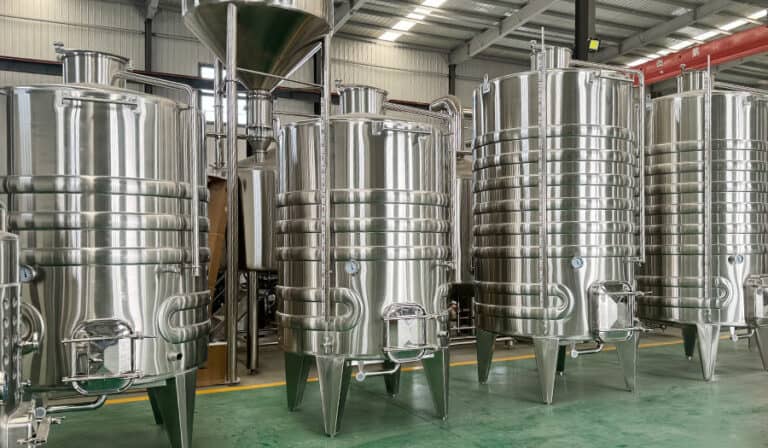
Дренажный клапан
The drain valve is an important part of the bottom structure of the fermentation tank. There are mainly the following types:
|
Valve Type |
Application Scenario |
Преимущества |
|
Butterfly Valve |
Commonly used for discharging clarified white wine |
Easy to operate, good sealing performance |
|
Ball Valve |
Suitable for handling high-viscosity liquids or lees |
High flow rate, not easily clogged |
|
Cone-Shaped Bottom Drain Outlet |
Specifically used for complete discharge of sediment |
Thorough discharge, reduces manual intervention |
Common stainless steel materials include
- SUS304: cost-effective, suitable for most wine fermentation.
- SUS316L: more corrosion-resistant, suitable for fermentation of high-acid grapes or wine with special additives.
How to choose the appropriate specifications of fermentation tank according to the output?
|
Winery Scale |
Recommended Tank Capacity (per tank) |
Suggested Quantity |
Специальные возможности |
|
Small Winery |
500L – 3000L |
5–20 |
Mobile tanks, basic cooling jackets |
|
Medium-Sized Winery |
5T – 20T |
10–50 |
Fully automatic temperature control system, multi-port design |
|
Large Industrial Winery |
30T – 100T+ |
50 or more |
CIP system, automatic lees removal, platform-based operation |
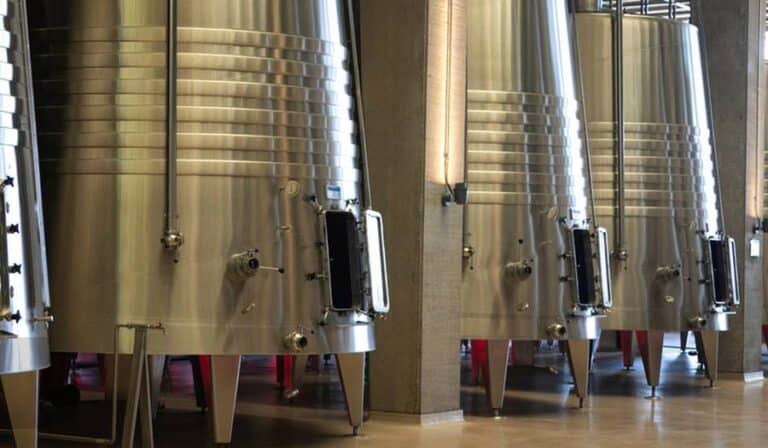
Supporting systems and extended functions
Система очистки CIP
Modern stainless steel tanks generally support the cleaning-in-place (CIP) system, which automatically completes disinfection and flushing by setting high-pressure nozzles, cleaning pipelines, etc., reducing manual intervention and improving the level of hygiene and safety.
Visual operation and data monitoring
High-end tanks can be equipped with:
- Liquid level meter
- Temperature display
- Pressure sensor
- Automatically record fermentation data
Canning for wine, and fine brewing begins with structural selection.
White wine emphasizes freshness, clarity, and delicate aroma, while red wine pursues richness, layering and tannin balance – the two have very different requirements for fermentation tanks. From temperature control system to cone bottom design, from material selection to discharge valve, they must be designed for wine and optimized for the process. Choosing a suitable stainless steel fermentation tank for a winery is not only equipment procurement, but also an investment in brand quality. It is recommended that wineries communicate in depth with equipment suppliers before making a choice, and formulate scientific and reasonable equipment solutions based on their own grape varieties, process requirements, and expansion plans.

